Home>Garden Essentials>How To Install Fake Grass In A Dog Run
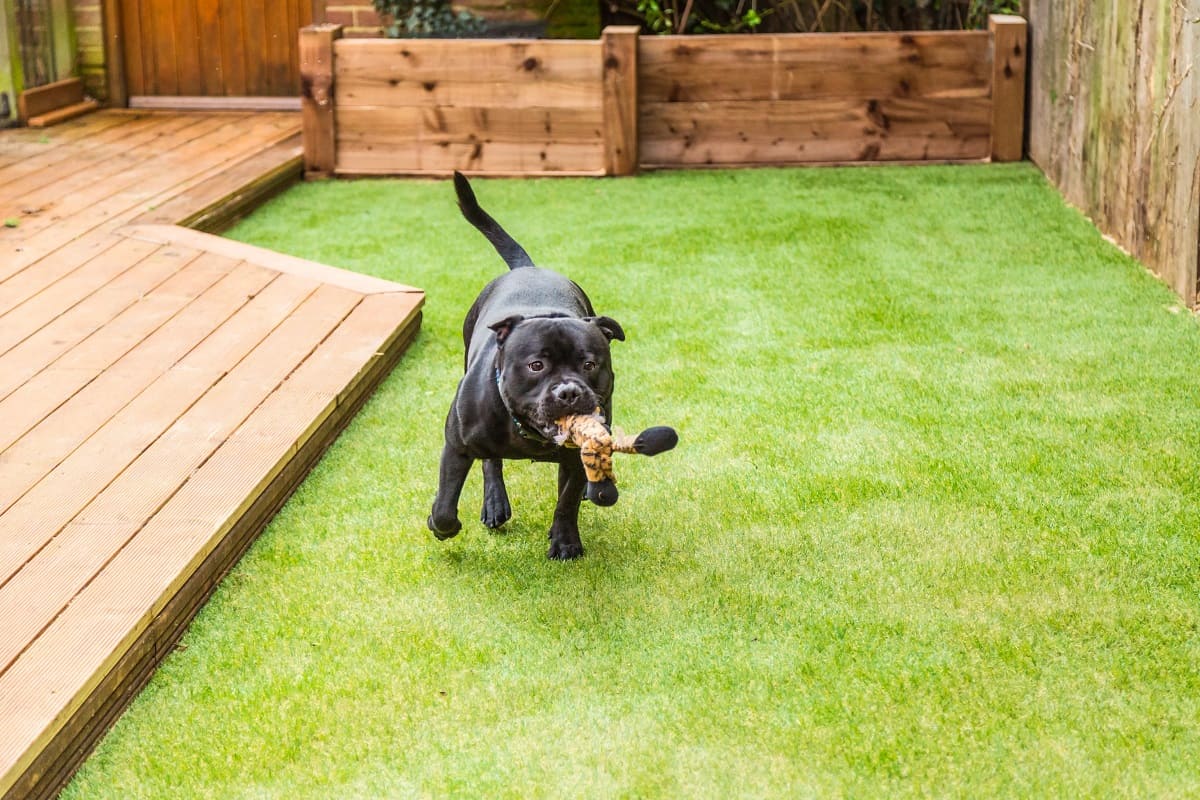

Garden Essentials
How To Install Fake Grass In A Dog Run
Modified: March 24, 2024
Learn how to easily install fake grass in your dog run and transform your garden into a low-maintenance pet-friendly paradise.
(Many of the links in this article redirect to a specific reviewed product. Your purchase of these products through affiliate links helps to generate commission for Storables.com, at no extra cost. Learn more)
Introduction
Welcome to your ultimate guide on how to install fake grass in a dog run. If you have a furry friend who loves to spend time outdoors, creating a comfortable and safe environment for them is essential. Installing artificial turf in your dog run can provide numerous benefits, including a low-maintenance surface that is durable, easy to clean, and resistant to digging. Plus, it eliminates the need for constant lawn care and reduces the chances of your dog tracking mud and dirt into your home.
In this step-by-step guide, we will walk you through the process of installing fake grass in your dog run. From preparing the area and clearing the ground to securing the turf and ensuring proper drainage, we’ve got you covered. So, let’s jump right in!
Key Takeaways:
- Installing fake grass in a dog run creates a low-maintenance, durable, and safe space for your furry friend. Proper preparation, leveling, and securing the turf are crucial for a successful and long-lasting installation.
- Regular cleaning, maintenance, and ensuring proper drainage are essential for keeping the fake grass dog run looking beautiful and providing a comfortable outdoor space for your dog to play and enjoy.
Step 1: Preparing the Dog Run Area
The first step in installing fake grass in your dog run is to prepare the area properly. Start by measuring the dimensions of the dog run to determine the amount of artificial turf you will need. This will help you calculate the budget and ensure you don’t fall short on materials.
Next, remove any existing vegetation, rocks, or debris from the dog run area. It is crucial to have a clean and smooth surface before proceeding with the installation. Trim any overhanging branches or plants that may obstruct the installation process or create maintenance issues later on.
Once the area is clear, consider adding a weed barrier to prevent any unwanted plant growth under the fake grass. This will help maintain a clean and pristine dog run, reducing the chances of your dog ingesting toxic plants or getting allergies.
If you have a dog that loves to dig, you may want to consider burying a chicken wire or mesh beneath the ground. This extra layer will deter your dog from trying to dig through the fake grass, keeping it intact for longer.
Finally, think about the accessibility of your dog run. Install a gate or create an entry point that allows for easy access and maintenance. This will save you from the hassle of having to maneuver around obstacles while cleaning or repairing the fake grass.
By taking the time to properly prepare the dog run area, you are setting the stage for a successful installation and ensuring the longevity of your fake grass.
Step 2: Clearing and Leveling the Ground
Once you have prepared the dog run area, it’s time to clear and level the ground to create a smooth surface for the fake grass installation. This step is essential to ensure the artificial turf sits flat and looks natural.
Start by removing any remaining debris, roots, or stones from the area. Use a garden rake or a shovel to carefully get rid of any obstructions. It is crucial to create a clean and even surface to prevent bumps and unevenness in your dog run.
Next, assess the level of the ground. If you notice any low areas or high spots, you’ll want to address them to achieve a uniform surface. For low areas, you can add compacted soil or sand and then compact it with a hand tamper or plate compactor. For high spots, remove the excess soil or sand until it’s level with the rest of the ground.
Keep in mind that proper drainage is crucial in a dog run to prevent water pooling or flooding. Ensure that the ground slopes away from your home or any structures, allowing water to flow freely. Use a level or a string line to ensure the ground has a slight slope, typically around 2-3%.
By clearing and leveling the ground, you’re creating an ideal foundation for the installation of fake grass in your dog run. Take your time with this step to ensure a smooth and visually appealing finished product.
Step 3: Installing Edging or Border Materials
Installing edging or border materials in your dog run is an important step to define the boundaries and keep the fake grass in place. This helps create a clean and polished look while also preventing the edges of the turf from lifting or shifting.
There are several options for edging or border materials you can choose from, depending on your preferences and budget. Common options include plastic or metal landscape edging, wooden boards, or concrete curbing.
Start by laying out the edging or border material along the perimeter of your dog run. Use a shovel or a trenching tool to create a shallow trench where the edging will be placed. This trench should be wide enough to accommodate the edging or border material and deep enough to ensure stability.
Once the trench is prepared, carefully position the edging or border material inside it. Make sure it sits flush with the ground and is securely anchored. You can use landscape spikes or screws to secure the edging in place, ensuring stability and longevity.
Continue installing the edging or border material around the entire perimeter of the dog run, making sure it is level and aligned. In corners or curved areas, you may need to cut the edging or border material to fit properly.
After installing the edging, backfill the trench with soil or gravel to provide support and further secure the edging in place. Compact the backfill material to ensure stability and prevent shifting.
By installing edging or border materials, you are creating a defined and sturdy perimeter for your fake grass, enhancing the overall appearance and durability of your dog run.
Step 4: Laying the Artificial Turf
With the ground prepared and the edging in place, it’s time to start laying the artificial turf in your dog run. This step requires careful attention to detail to ensure a smooth and professional-looking installation.
Before unrolling the fake grass, make sure it has had time to acclimate to the outdoor temperature for at least one hour. This will allow the turf to relax and adjust, making the installation process easier.
Begin by positioning the first roll of artificial turf along one edge of the dog run. Make sure it reaches the edging and overlaps it slightly. This overlap will help secure the turf in place and prevent it from shifting.
Smooth out any wrinkles or folds in the turf by gently pulling it towards the opposite edge of the dog run. Use a carpet cutter or utility knife to trim off any excess turf, following the shape of the dog run and around any obstacles like posts or corners.
Once the first roll is properly positioned and trimmed, unroll the next piece of turf adjacent to it. Be sure to match the pattern and direction of the turf to maintain a cohesive look. Secure the seams between the rolls using artificial turf adhesive or seaming tape, following the manufacturer’s instructions.
Continue this process of unrolling, trimming, and securing the turf until the entire dog run is covered. Take your time to ensure each piece is properly aligned and secured, avoiding any gaps or unevenness.
As you lay the artificial turf, brush the fibers in the opposite direction with a stiff bristle brush. This will help the turf blades stand upright and give it a more natural appearance. Continue brushing the turf throughout the installation process to maintain the desired look.
By laying the artificial turf carefully and accurately, you’re one step closer to creating a beautiful and functional dog run for your furry friend to enjoy.
Before installing fake grass in a dog run, make sure to properly prepare the area by removing any existing grass, leveling the ground, and adding a weed barrier. This will ensure a smooth and long-lasting installation.
Read more: How To Clean A Fake Grass Pad For Dogs
Step 5: Securing the Turf
Once you have laid the artificial turf in your dog run, it’s crucial to secure it properly to prevent any movement or lifting. This step will ensure that the turf stays in place and maintains its integrity over time.
Start by evenly spreading a layer of infill material across the surface of the artificial turf. Infill material, such as silica sand or rubber granules, adds weight to the turf and helps stabilize it. Use a spreader or a broom to distribute the infill material evenly, ensuring it reaches the base of the turf fibers.
Next, use a power broom or a stiff-bristle brush to work the infill material into the artificial turf. This process helps the infill penetrate the fibers and lock them in place. Make sure to brush in multiple directions to achieve an even distribution of infill.
After brushing in the infill material, use a vibratory plate compactor to compact the turf. This step helps to further settle the infill and create a firm and stable surface. Start from one edge and work your way across the entire dog run, applying even pressure as you go.
When compacting the turf, be sure to avoid overcompaction, as it may cause the surface to become too hard. Strike a balance between achieving a firm surface and maintaining the turf’s natural cushioning and resilience.
Once the turf is compacted, use landscape stakes or lawn staples to secure the edges of the turf to the ground. Place the stakes or staples approximately 6-12 inches apart around the perimeter, as well as along any seams or edges.
Finally, brush the surface of the turf once more to lift the fibers and ensure everything is well-blended. This will give your dog run a finished and well-maintained look.
By properly securing the artificial turf in your dog run, you’re ensuring its stability and longevity, providing a safe and enjoyable area for your furry friend to roam and play.
Step 6: Ensuring Proper Drainage
Proper drainage is essential in a dog run to prevent water from pooling on the surface and to maintain a clean and hygienic environment for your furry friend. Without adequate drainage, the fake grass can become waterlogged and result in unpleasant odors or even mold and mildew growth. Follow these steps to ensure proper drainage in your dog run.
First, check the slope of the ground and make any necessary adjustments. The ground should have a slight slope of at least 2-3% to allow water to flow away from the dog run. Use a level or a string line to ensure that the surface has a consistent slope.
Next, consider adding a layer of crushed stone or gravel to promote drainage. This layer serves as a base for the artificial turf and helps water to drain more effectively. Spread a layer of 2-3 inches of crushed stone evenly throughout the dog run, ensuring it is compacted and levelled.
It’s also a good idea to install a perforated drainage pipe along the lowest point of the dog run. This pipe will collect excess water and redirect it away from the area. Connect the drainage pipe to an existing drainage system or place it in a designated area where the water can safely flow.
Additionally, ensure that there are no obstructions or blockages in the drainage system. Regularly inspect and clean the drainage pipes or outlets to prevent clogs.
Finally, choose an artificial turf with proper drainage capabilities. Opt for a turf that has perforations or a porous backing, allowing water to quickly drain through. This will prevent water from accumulating on the surface and keep the dog run dry and clean.
By taking the necessary steps to ensure proper drainage in your dog run, you will create a healthy and comfortable environment for your furry friend, reducing the risk of water damage and maintaining the longevity of the artificial turf.
Step 7: Adding Infill Material
Infill material plays a crucial role in the overall performance and appearance of your artificial turf. It helps to support the fibers, provide cushioning, and promote proper drainage. Adding infill material to your dog run is an essential step to ensure a long-lasting and comfortable surface for your furry friend. Follow these steps to add infill material to your artificial turf.
Before adding infill, make sure the artificial turf is properly installed and secured. Ensure that there are no gaps or loose edges that could interfere with the infill process.
Start by evenly spreading the infill material across the surface of the turf. The type of infill material you choose will depend on your preferences and the specific requirements of your dog run. Common options include silica sand, rubber crumb, or a mix of both.
Use a drop spreader or a power broom to distribute the infill material evenly across the turf. Make sure to work the infill material into the fibers, ensuring it reaches the base of the turf. The recommended amount of infill material will vary depending on the type of turf you have selected, so refer to the manufacturer’s guidelines for the specific infill requirements.
Once the infill material is spread, use a power broom or a stiff-bristle brush to work the infill into the fibers. This helps to distribute the infill more evenly and ensure it is properly integrated with the turf.
If you are using silica sand as the infill material, it is important to brush the turf regularly to prevent the sand from compacting and impeding drainage. This will also help to maintain the appearance and resilience of the turf.
When using rubber crumb as infill, be cautious of excess heat absorption. Rubber infill can retain heat, so it is advisable to water the turf occasionally to cool it down, especially during hot summer months.
By adding infill material to your dog run’s artificial turf, you are providing support, cushioning, and proper drainage. This enhances the performance and lifespan of the turf, creating a comfortable and safe surface for your furry friend to enjoy.
Step 8: Cleaning and Maintaining the Fake Grass
Proper cleaning and maintenance of your fake grass dog run are essential to ensure its longevity and keep it looking its best. Although artificial turf requires less maintenance compared to natural grass, regular care is still necessary. Follow these steps to clean and maintain your fake grass dog run:
1. Remove debris: Regularly remove leaves, twigs, and other debris from the surface of the fake grass. Use a leaf blower, rake, or a gentle brush to sweep away any loose debris. This will prevent the accumulation of organic matter and keep the turf looking clean.
2. Pet waste: Promptly clean up any pet waste from the fake grass. Use a plastic bag or a pooper scooper to remove solid waste. Rinse the area with water to flush away any residue. For any lingering odors, use a pet-friendly artificial turf deodorizer.
3. Rinse with water: Periodically rinse the fake grass with water. This will help remove dust and any buildup of dirt or pollen. Use a garden hose or sprinkler system to thoroughly rinse the turf, ensuring the water flows evenly across the surface.
4. Stubborn stains: For stubborn stains, create a mixture of mild detergent and water. Gently scrub the stained area with a soft-bristle brush or sponge. Rinse the area thoroughly to remove any soapy residue. Avoid using harsh chemicals or bleach, as they can damage the artificial turf.
5. Brush the fibers: Regularly brush the fibers of the fake grass to keep them standing upright. Use a stiff-bristle brush or a power broom to groom the turf. This will help maintain the natural look and feel of the grass and prevent matting.
6. Address high traffic areas: If certain areas of the dog run experience more foot traffic or wear, you may need to periodically add more infill material to those areas. This will help restore the cushioning and resilience of the turf and prevent it from compacting.
7. Inspect for damage: Regularly inspect the fake grass for any signs of damage or wear. Look for loose edges, tears, or signs of excessive rubbing. Address any issues promptly to prevent further damage and ensure the longevity of the turf.
By following these steps for cleaning and maintaining your fake grass dog run, you can extend its lifespan and keep it looking beautiful for years to come. Regular care and attention will help create a safe and enjoyable outdoor space for your furry friend.
Read more: How To Clean Dog Poop On Fake Grass
Conclusion
Congratulations! You have successfully learned how to install fake grass in a dog run. By following the step-by-step guide, you have created a comfortable, low-maintenance, and durable surface for your furry friend to play and enjoy.
Preparing the dog run area by removing debris, leveling the ground, and installing edging materials sets the foundation for a professional and seamless installation. Laying the artificial turf with precision and securing it properly ensures a long-lasting and visually appealing dog run.
Remember to prioritize proper drainage to avoid water pooling and to maintain a clean and hygienic environment. Adding infill material provides stability, cushioning, and helps with drainage.
Regular cleaning and maintenance are key to keep your fake grass dog run looking its best. Removing debris, promptly cleaning up pet waste, and periodic rinsing will help maintain its pristine condition. Brushing the fibers and addressing high traffic areas will keep the turf looking natural and prevent matting.
By following these installation and maintenance steps, you have created a safe and enjoyable space for your furry friend. Your dog will love the comfort and playability of the artificial turf, and you will appreciate the low-maintenance and aesthetic benefits it brings.
So, go ahead and enjoy your newly installed fake grass dog run. It’s time to embrace the beauty of a lush green space without the hassle of traditional lawn care. Happy playing and spending quality time with your furry companion!
Frequently Asked Questions about How To Install Fake Grass In A Dog Run
Was this page helpful?
At Storables.com, we guarantee accurate and reliable information. Our content, validated by Expert Board Contributors, is crafted following stringent Editorial Policies. We're committed to providing you with well-researched, expert-backed insights for all your informational needs.
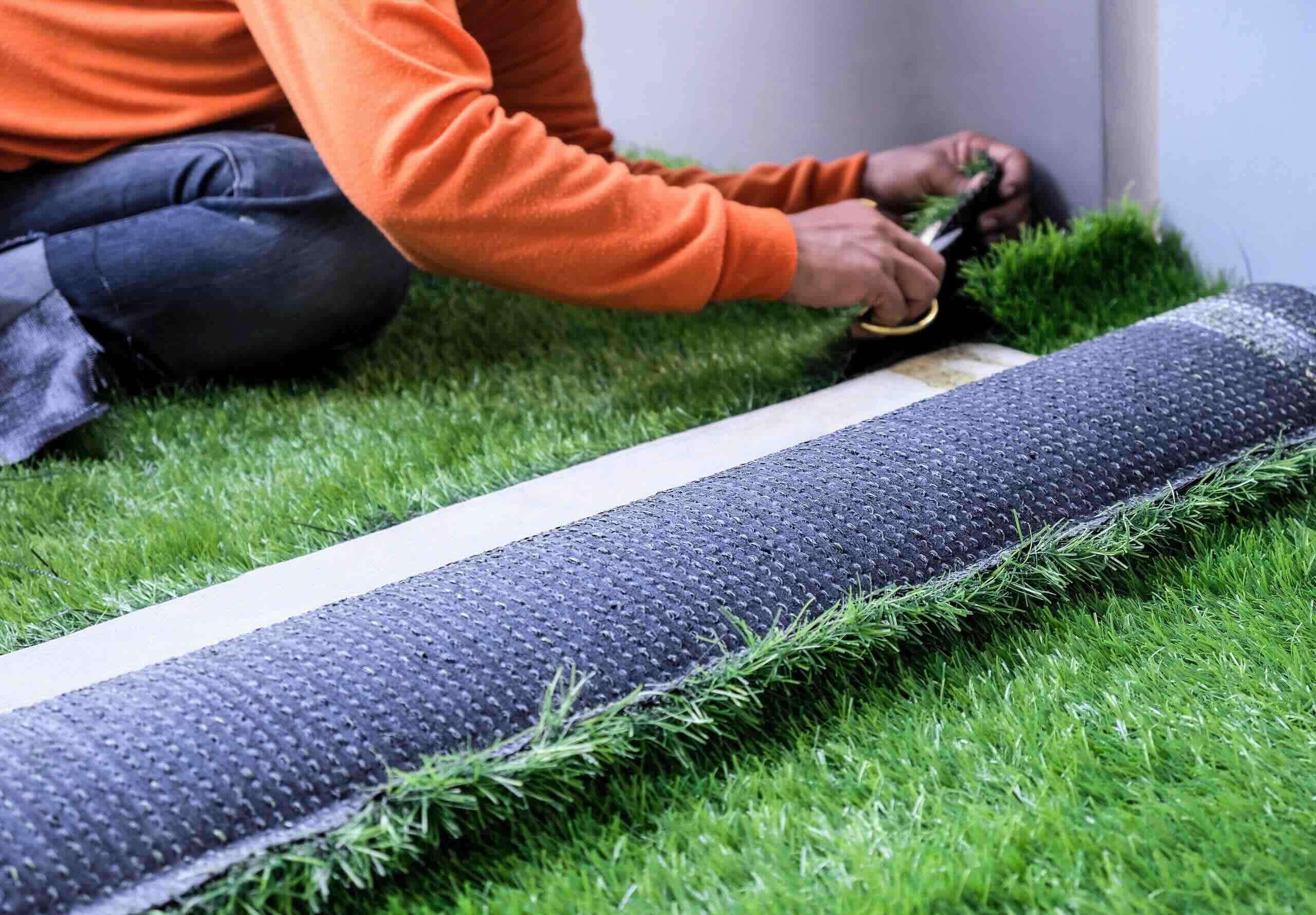
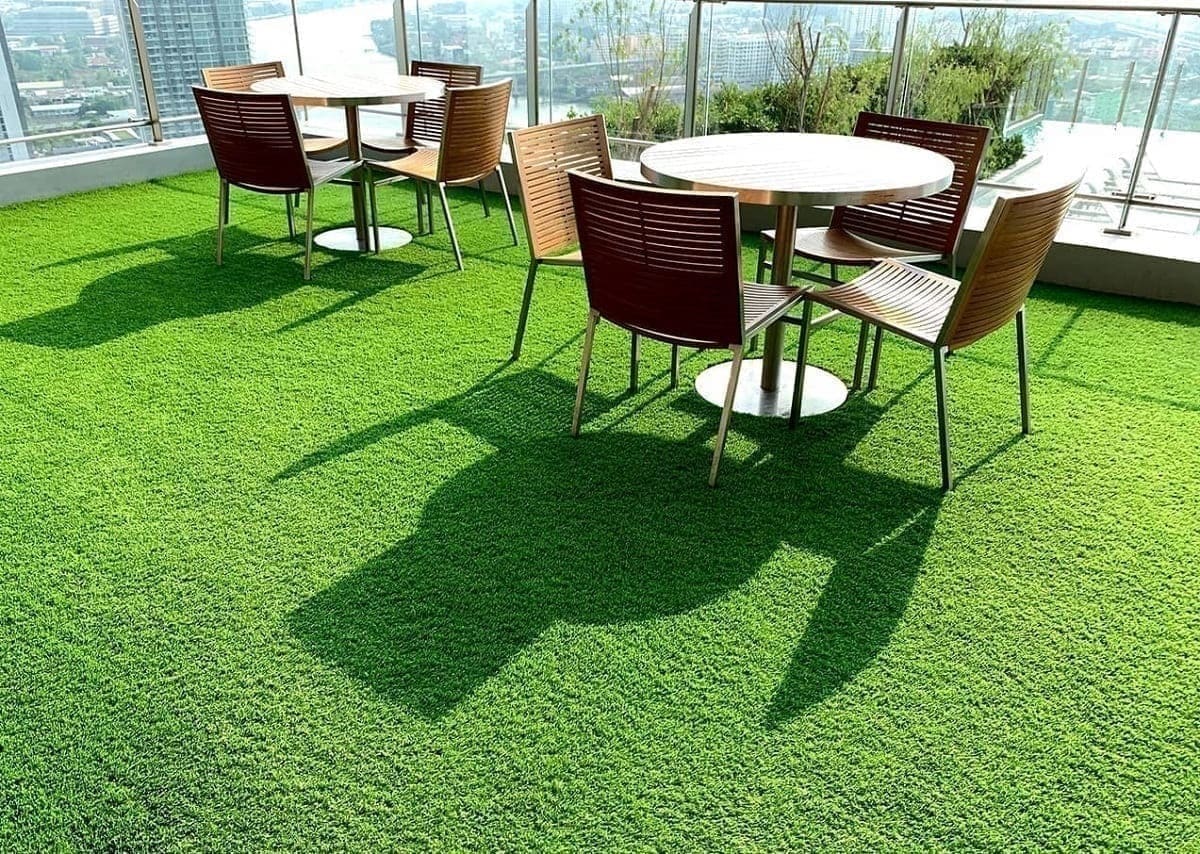
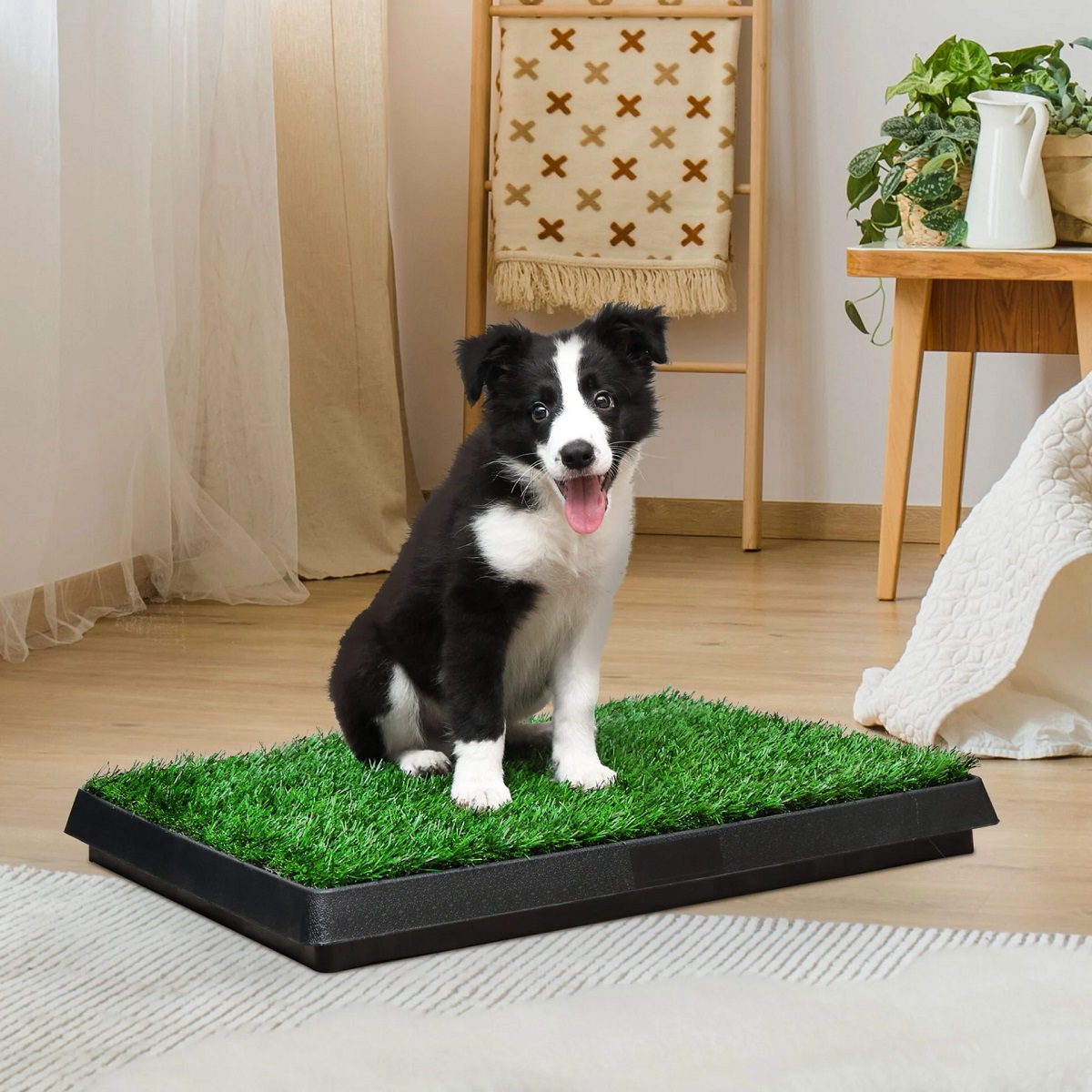
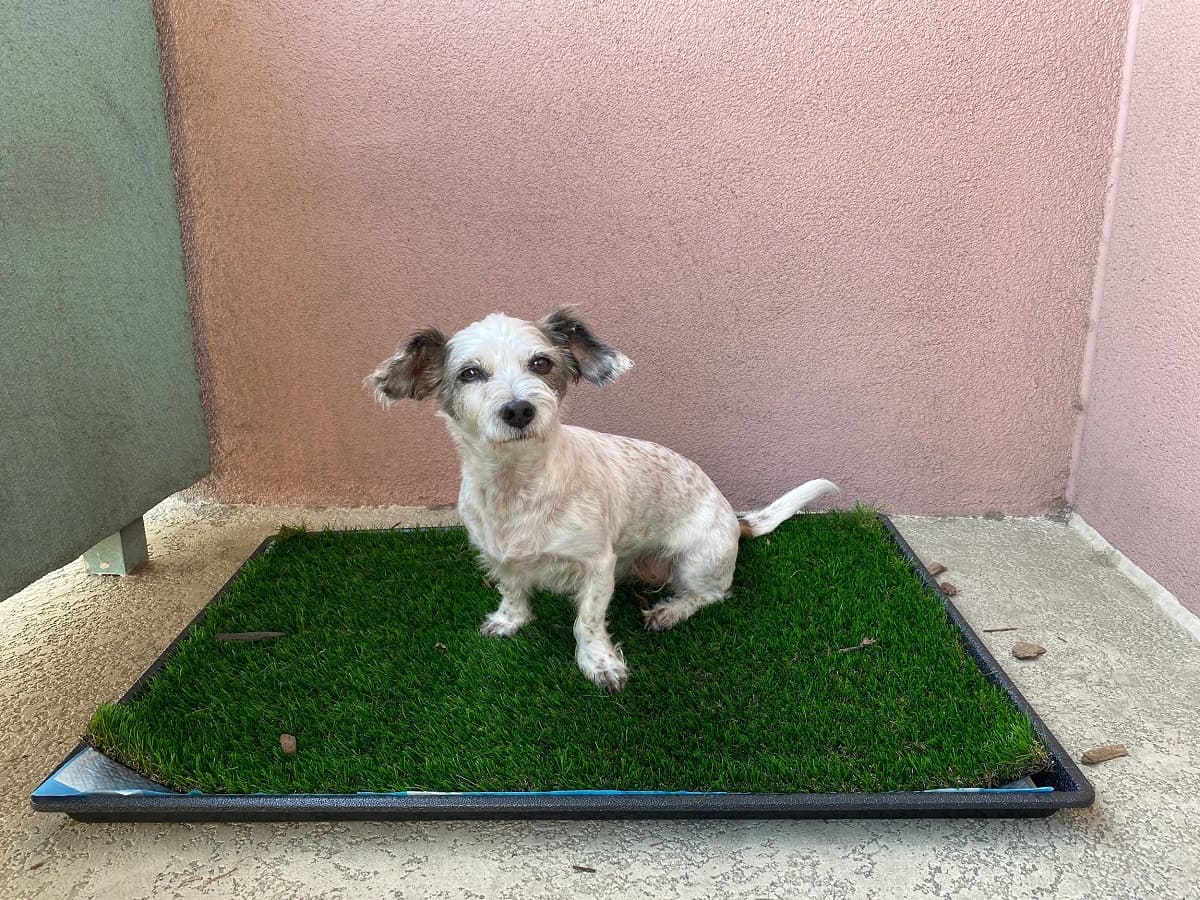

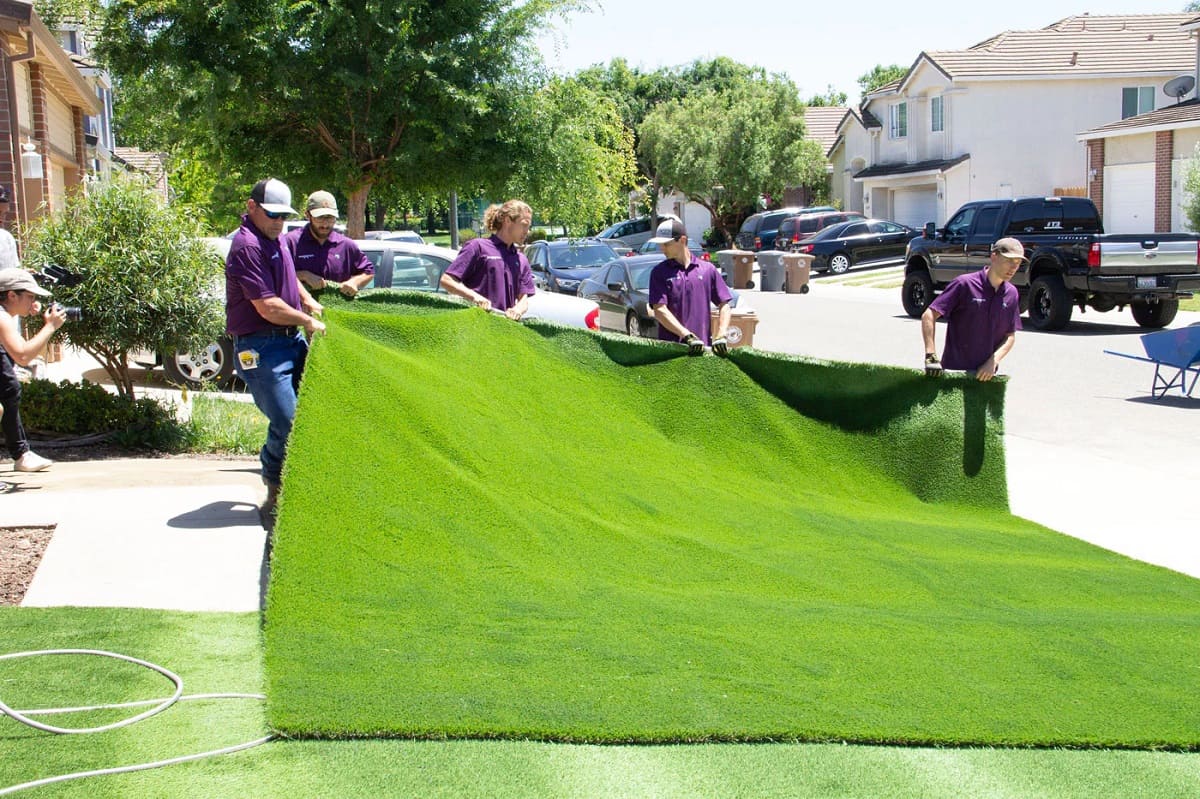
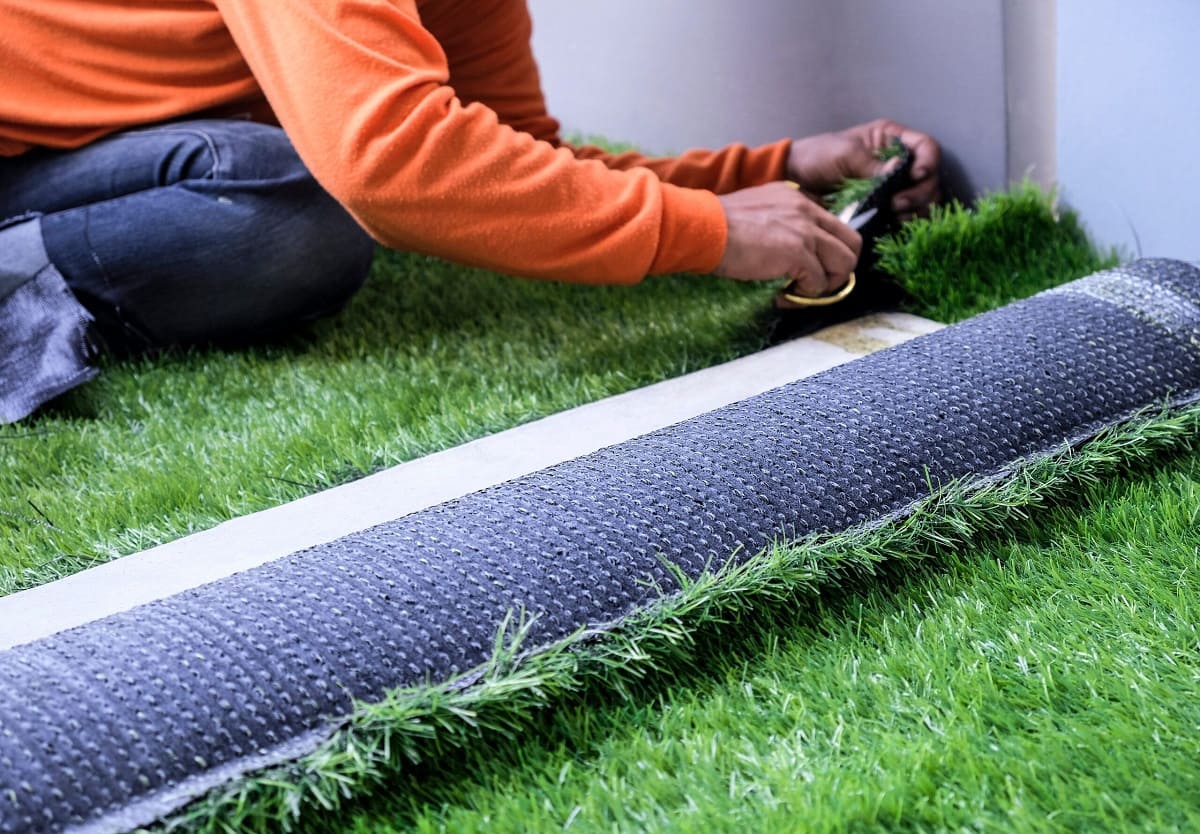
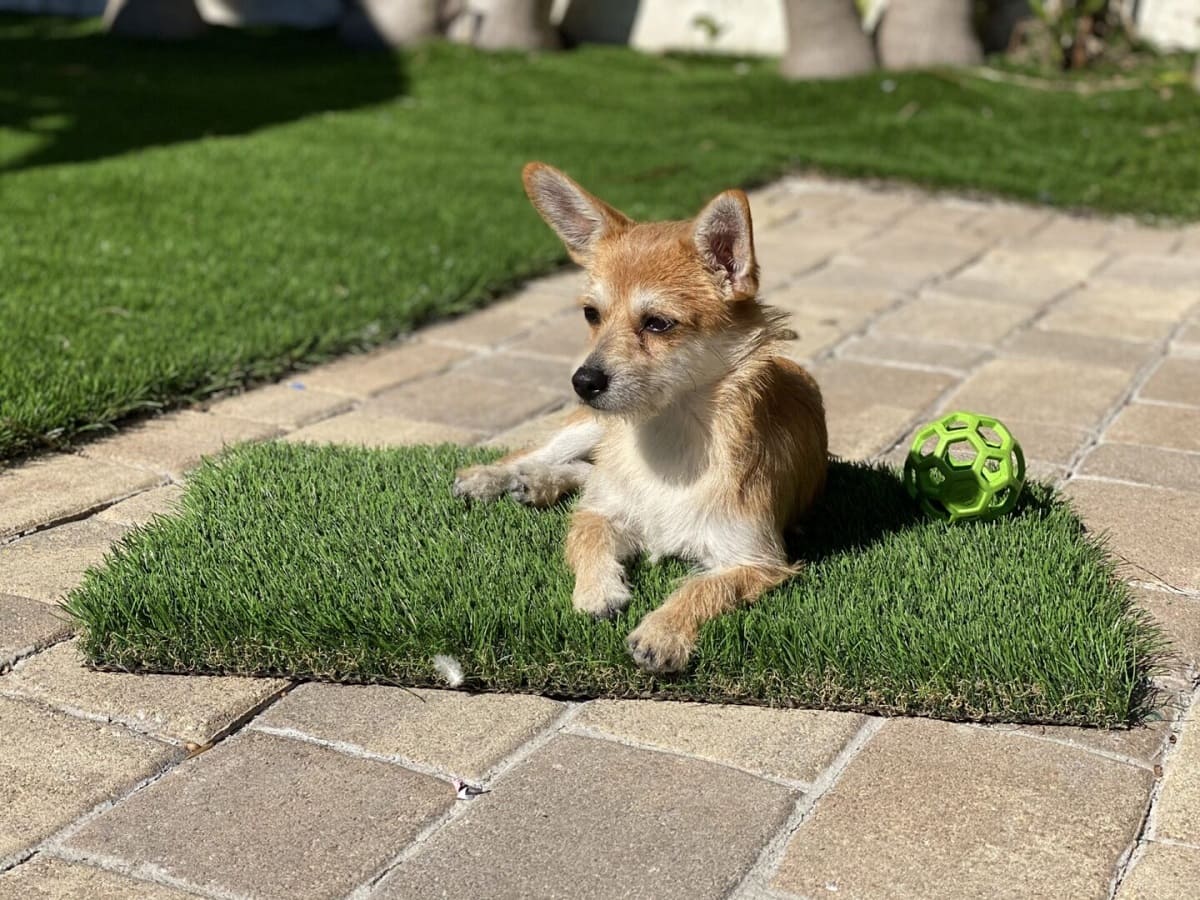
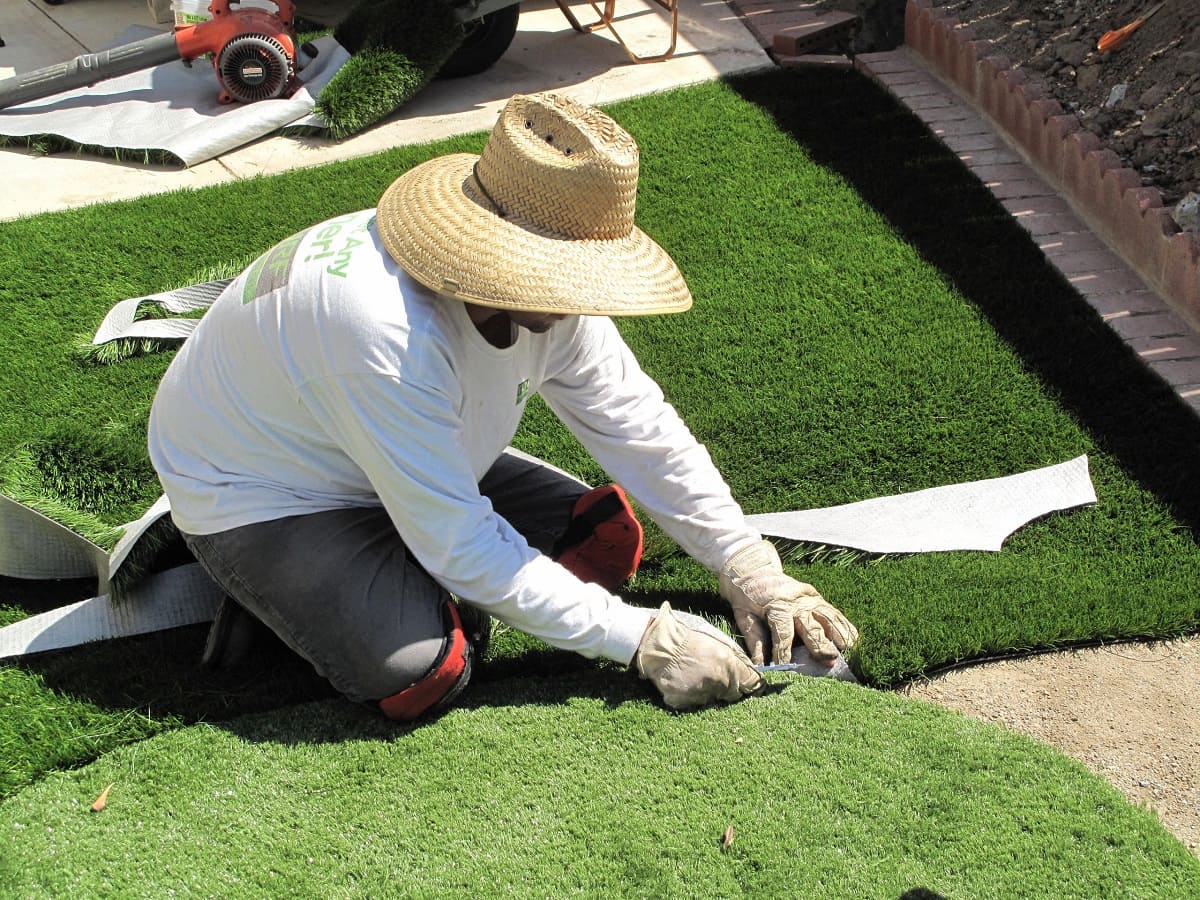
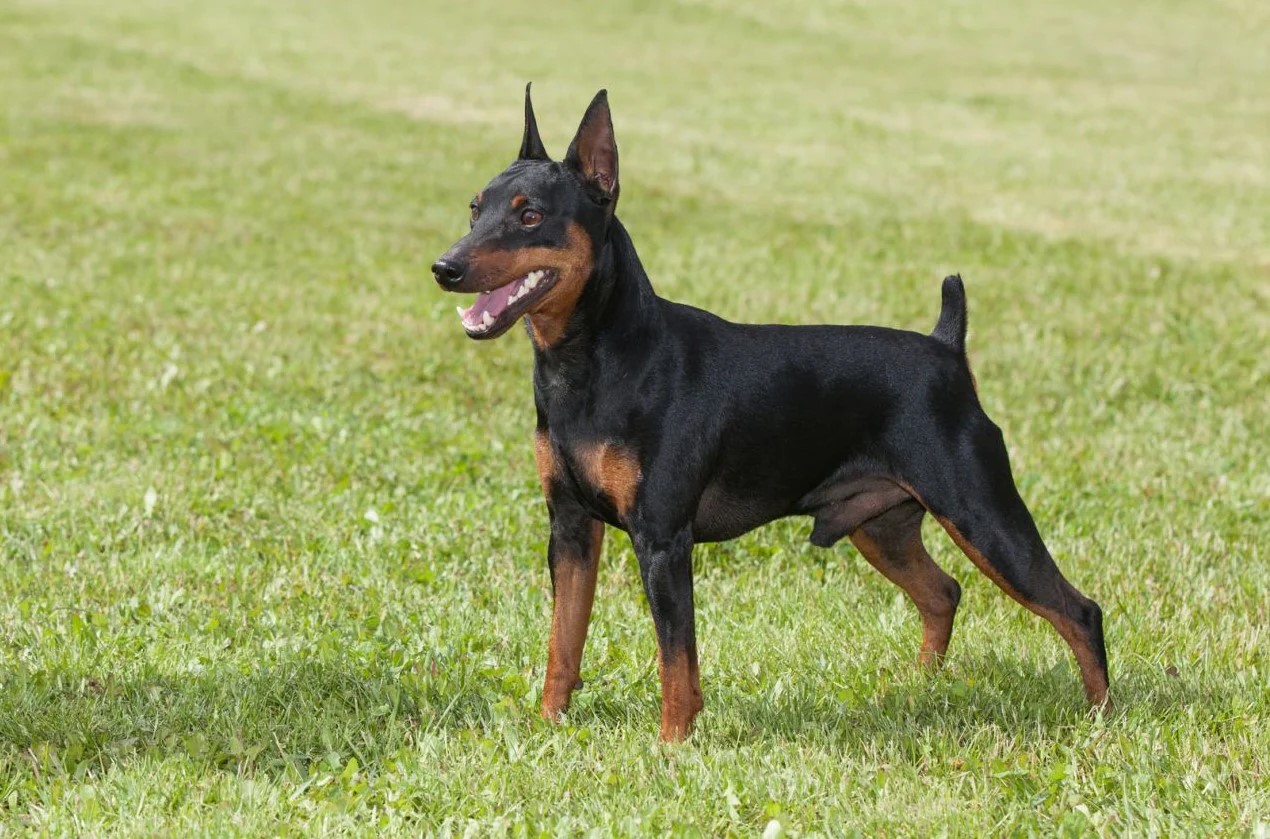
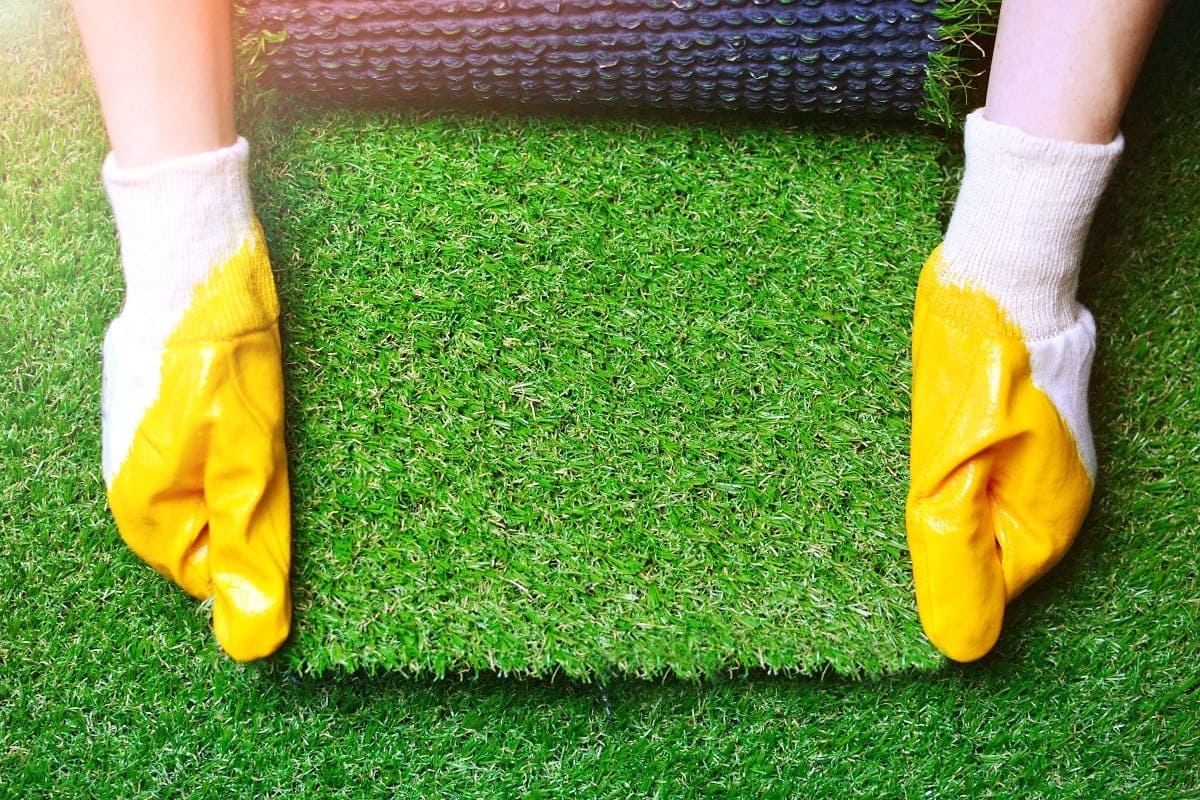
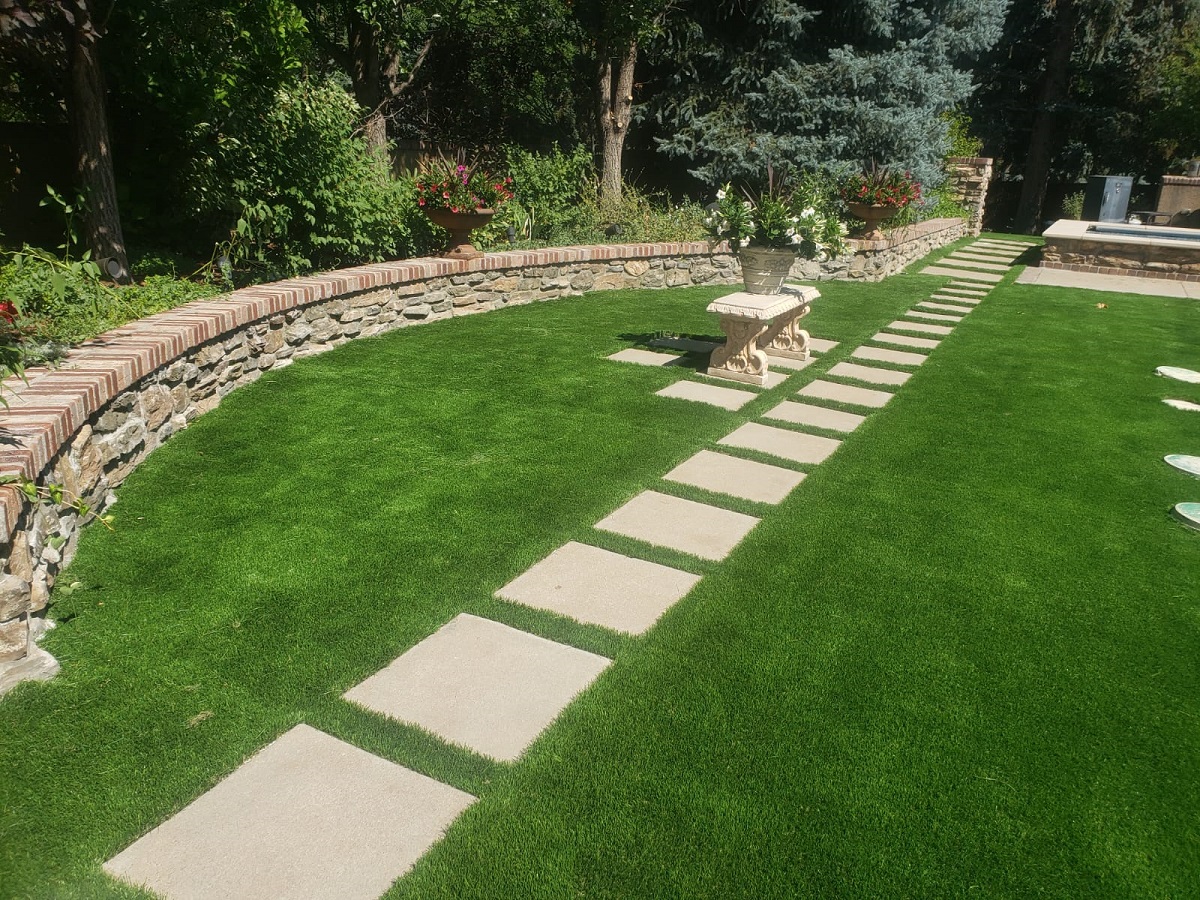
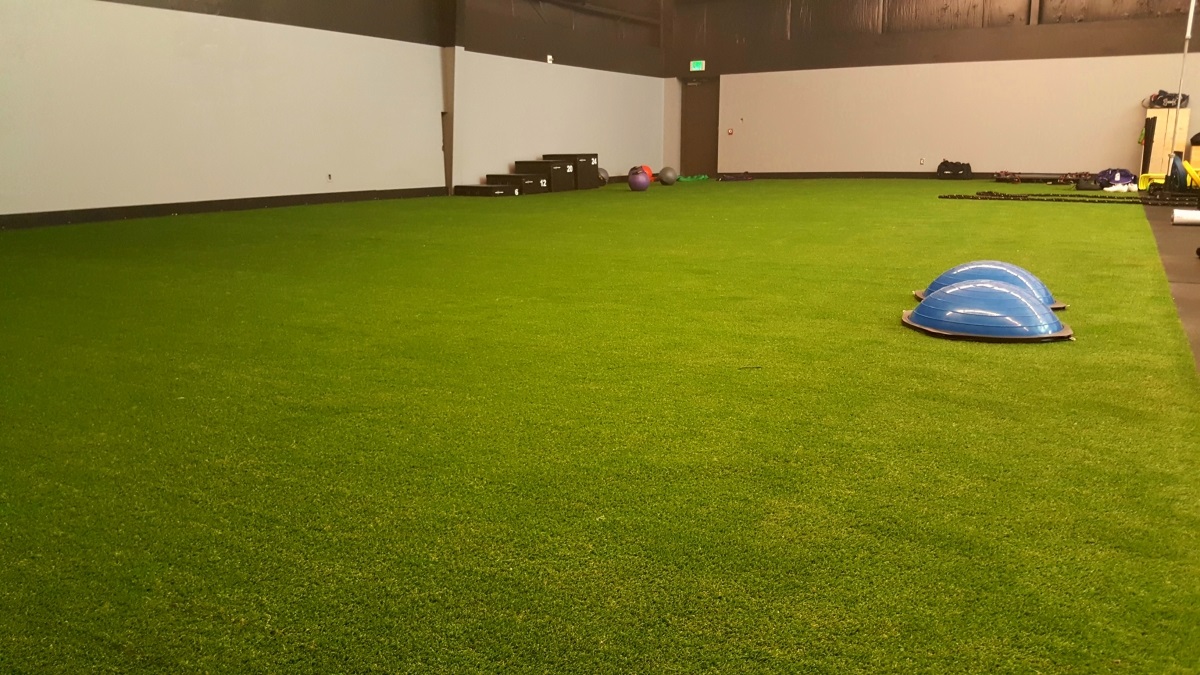

0 thoughts on “How To Install Fake Grass In A Dog Run”